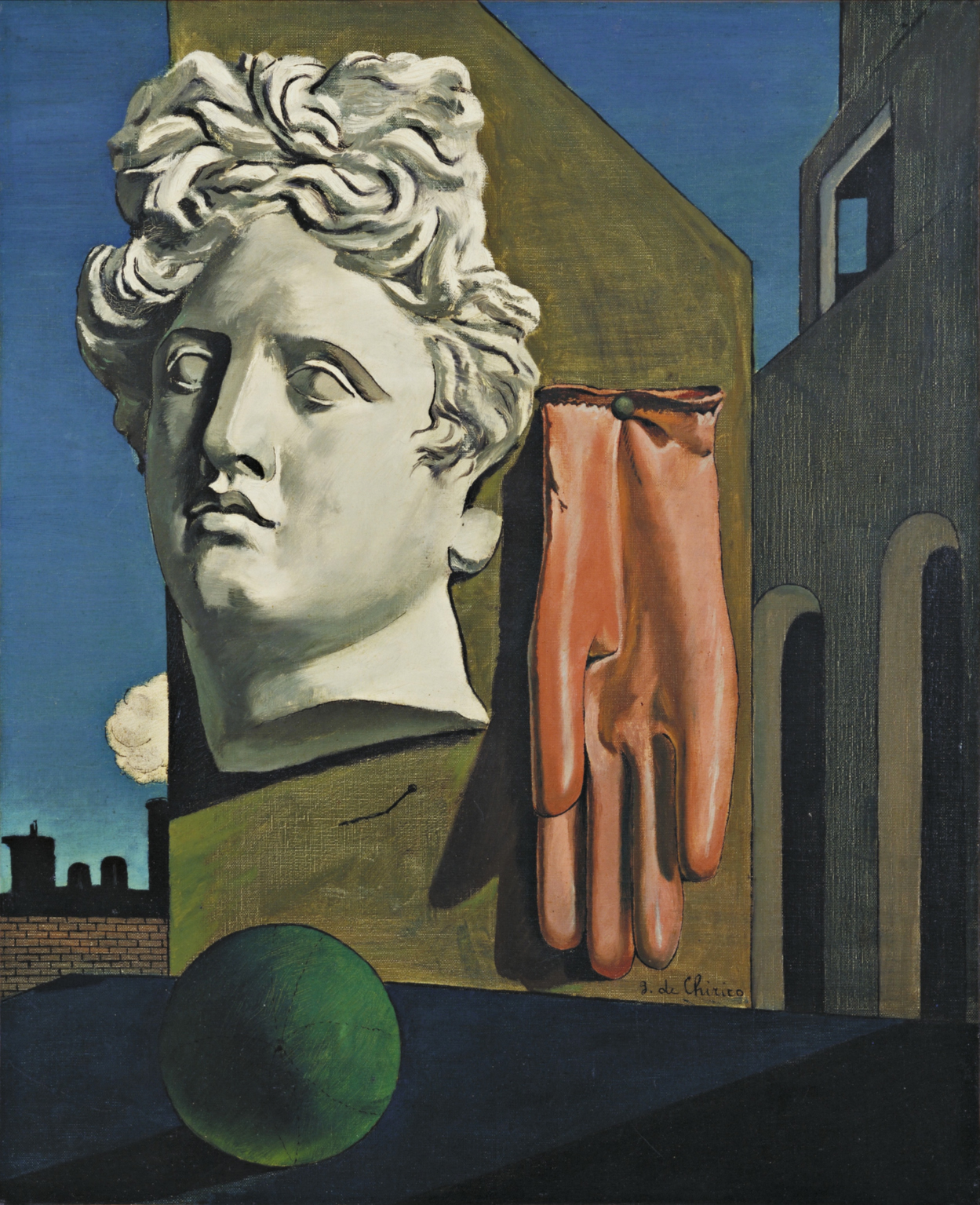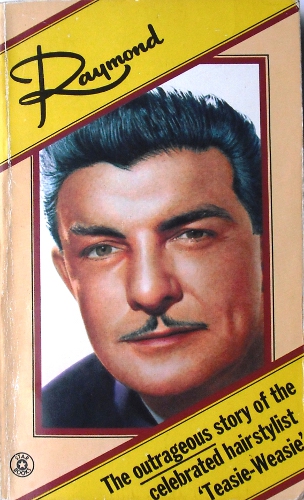 Where evaluating artistic style was once the exclusive domain of seasoned art historians and art critics with many decades of experience, a computer armed with sophisticated image processing software is making a stir in art circles.
Where evaluating artistic style was once the exclusive domain of seasoned art historians and art critics with many decades of experience, a computer armed with sophisticated image processing software is making a stir in art circles.
Computer scientist, Dr. Lior Shamir of Lawrence Technological University in Michigan authored a recent paper that suggests computers may be just as adept as human art experts at evaluating similarities, and differences, of artistic styles.
Dr. Shamir’s breakthrough was to decompose the task of evaluating a painting into discrete quantifiable components that could be assigned a numeric value and hence available for computation. These components, or descriptors, included surface texture, color intensity and type, distribution of lines and edges, and number and types of shapes used in the painting.

[div class=attrib]From the Economist:[end-div]
Dr Shamir, a computer scientist, presented 57 images by each of nine painters—Salvador Dalí, Giorgio de Chirico, Max Ernst, Vasily Kandinsky, Claude Monet, Jackson Pollock, Pierre-Auguste Renoir, Mark Rothko and Vincent van Gogh—to a computer, to see what it made of them. The computer broke the images into a number of so-called numerical descriptors. These descriptors quantified textures and colours, the statistical distribution of edges across a canvas, the distributions of particular types of shape, the intensity of the colour of individual points on a painting, and also the nature of any fractal-like patterns within it (fractals are features that reproduce similar shapes at different scales; the edges of snowflakes, for example).
All told, the computer identified 4,027 different numerical descriptors. Once their values had been established for each of the 513 artworks that had been fed into it, it was ready to do the analysis.
Dr Shamir’s aim was to look for quantifiable ways of distinguishing between the work of different artists. If such things could be established, it might make the task of deciding who painted what a little easier. Such decisions matter because, even excluding deliberate forgeries, there are many paintings in existence that cannot conclusively be attributed to a master rather than his pupils, or that may be honestly made copies whose provenance is now lost.
[div class=attrib]More from theSource here.[end-div]
[div class=attrib]Persistence of Memory by Salvador Dalí, courtesy of Salvador Dalí, Gala-Salvador Dalí Foundation/Artists Rights Society.[end-div]
[div class=attrib]Love Song by Giorgio de Chirico, courtesy of Wikipedia / Creative Commons.[end-div]




 Where evaluating artistic style was once the exclusive domain of seasoned art historians and art critics with many decades of experience, a computer armed with sophisticated image processing software is making a stir in art circles.
Where evaluating artistic style was once the exclusive domain of seasoned art historians and art critics with many decades of experience, a computer armed with sophisticated image processing software is making a stir in art circles.